My Travels on Racer Road: Can-Am and Formula 1 in Their Golden Age
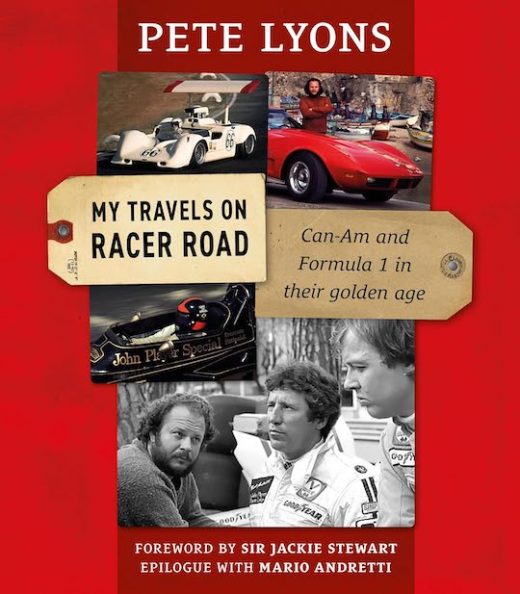 by Pete Lyons
by Pete Lyons
“Racing machines have a purity of form, their mechanisms distilled to their primal functional elegance, like a perfectly toned athlete or predatory wild animal. The beast has everything it needs, nothing it doesn’t. My desire was to say—‘see how beautiful this is.’”
I went to a lot of Grands Prix with Pete Lyons in the mid Seventies. I’d hung out with him a few years earlier, at Can-Am races, back in the days of the “Bruce and Denny show,” but we became inseparable in the Hunt and Lauda era. But half a century later, we’ve still never met. How so? It’s simple—nobody has ever written better race reportage than Lyons. At a time when most contemporaries were churning out leaden prose, sinking under the burden of facts and stats, Pete Lyons (b. 1940) was your older brother who couldn’t wait to tell you what it had been like to be there. He didn’t skimp on details, but his reports—some running to 7000 words (four times as long as this review if you can’t visualize it)—gave him the space to paint pictures so vivid that I can still quote some of them by heart.
Pete Lyons is now in his mid-eighties (and how the hell is that possible?) and has now added an autobiography to the 15-odd books he has written. Some motorsport bios are anything but, little more than tiresome humblebrags and worn-out anecdotage, lacking even a hint of the personal stuff. But My Travels isn’t like that at all. This 560-page, 74-chapter, big block of a book is about so much more than Lyons’ days following the Can-Am and Formula 1 circus along Racer Road. The author writes on the frontispiece: “This is not motor racing history. It’s my memories of it. Of the magic of it.” And while that is gloriously true, the book is something more too. It is the account of an enviably good life, and one which has been very well lived. Lyons’ home was for a long time in idyllic Big Bear, California, nearly 3000 miles away from his birthplace in Schenectady, upstate New York. But the author’s lifetime odyssey has traversed much greater distances, in both physical and metaphorical senses.
Pete was the kid who took a time to find his niche. At school he “chafed at the regimentation,” he “didn’t fit in, socially or intellectually” but he was blessed with smart, resourceful parents who allowed and encouraged him to find himself. Dad Ozzie was a car and bike guy, with old Rolls-Royces and Vincent bikes his transport of choice to the road races he adored. Parental enthusiasm can infect or repel a child, and in the author’s case it was the former. My early childhood was spent in the cold grey penury of Fifties Britain, and how I envied the Lyons family their long-haul adventures to weekends at Sebring and beyond.
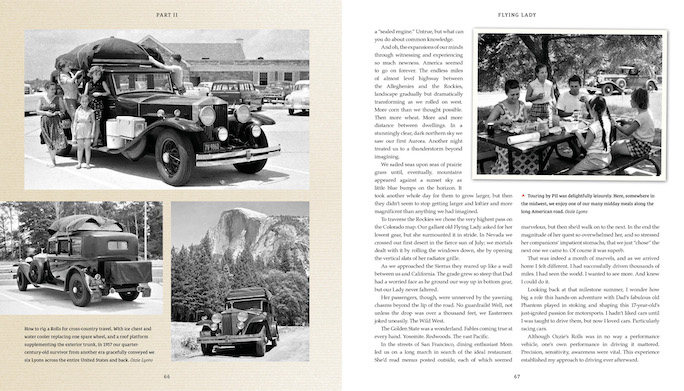
It was fascinating to read how the author evolved from the kid who never stopped moving—a dead-end factory job here, a laboring gig there—to the Pete Lyons we know. During his first trip to Europe the 21-year-old wrote home about his adventures in England (including a visit to a Boxing Day* Brands Hatch club race meeting). You can feel his young writer’s muscle flexing as he reflects, “I would have looked at specifics and not seen the overall effects. I’ve begun to go through, say, art galleries, and I’ve found the same thing. Very slowly my ability to embrace things is increasing.”
By his early twenties Lyons had already become the archetypal motorsport gypsy, wandering incessantly from event to event in the USA. And the wanderlust only increased on his first European travels in the early Sixties. There’s much to savor here, and a highlight was the account of his epic journey by Norton bike to Sicily for the 1962 Targa Florio. The author’s endearing, almost child-like curiosity means that the book is often as much travelog as motorsport memoir—and that’s no bad thing, as his accounts of ascending Etna and being locked overnight in Pompeii demonstrate. As for the Targa Florio, it’s to my eternal regret that I never made it to the Circuito delle Madonie, but seeing it through Lyons’ eyes is almost enough. Just imagine: screaming works Ferraris speeding by donkeys and nuns in tumbledown village streets . . . Forza! Viva Vaccarella!
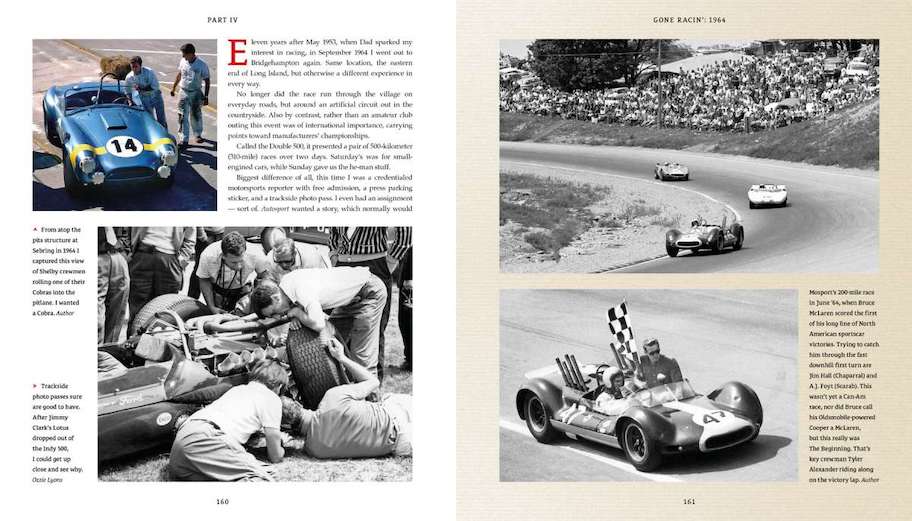
By the time the thunderous anarchy of Can-Am raced into town, Lyons had perfected the writing style that made his name. He’d already realized that conventional race reportage wasn’t for him: “Those words had nothing whatsoever to do with my memories and feelings on that day [at Watkins Glen, 1964]. It wasn’t me on the paper.” By 1967 Lyons was a pro, following the cars Bruce Mclaren called the “Orange Elephants” that stampeded their way to victory after victory. “They’re not the only beasts there, but they’re the ones people come to see.” Not for the first time, this reader thought “what a time to be alive,” and not in the ironical Simpsons sense either. And while I’d already read the account of Riding with Revvie in the author’s book Fast Lines, the account of being a passenger in a McLaren M8F merits regular re-reading. “An instant of calm. Then a great hammer struck my spine. . . . There was no longer any sensation of speed. We were going too fast.”
As the blight of new rules caused Can-Am to wither on the vine, Lyons headed east, to Formula 1 heartland. His account of the time he ran away with the F1 circus takes almost 200 pages, and it’s barely enough. There’s triumph—Fittipaldi at Interlagos, Peterson sideways at Woodcote, Hunt causing a riot at Brands Hatch, and Lauda just about everywhere else. Tragedy—François Cevert and Roger Williamson of course, and too many others, including Lyons’ countrymen Revson and Donohue. Modern F1 reporters spend their time in air-conditioned media centers, watching the same TV feed as the ones you and I get at home. But Lyons was out trackside, drinking in the theater from the pit wall and sharing a beer with the guys who weren’t even called Team Principals back then. Or exploring the rain forest after the Brazilian Grand Prix, or driving across Europe’s unrestricted highways in a (not so little) red Corvette, the car which was “wild and free.” While I was trying to make sense of the Law of Real Property at university. Envious, me?
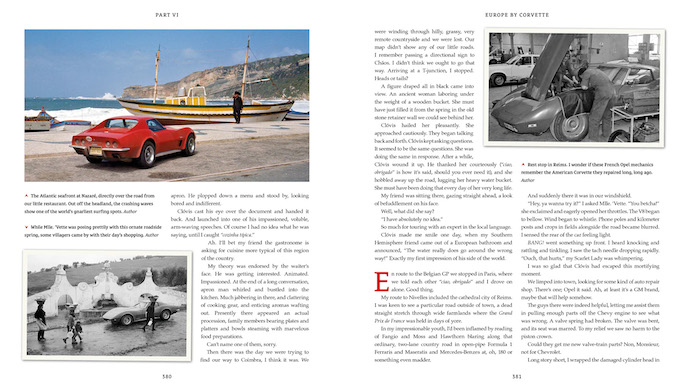
I don’t know what the young Lyons was reading at college but I’d be amazed if there wasn’t a lot of Hemingway. Great American journalists—and Lyons is one of them—often share that spare, punchy style Hemingway perfected in Paris a century ago. There have been other great writers on Grand Prix racing but only gunslinger hipster Russell Bulgin deserves to be mentioned in the same sentence as Lyons. Denis Jenkinson? Mille Miglia story apart, I found his hectoring dogmatism tiresome. Henry Manney’s freestyle Technicolor? LJK Setright’s erudition? When they were good, both were very, very good but, well, you can guess the rest. Or Nigel Roebuck—some of his anecdotes suffered from high mileage and yet he could still sparkle. But Lyons was pre-eminent, as the many extracts from contemporary Autosport reports attest. Nobody has described the spectacle of the raw, organic union of race car and road as insightfully as he has. On Monaco 1974: “A Formula 1 car which is at home in more sweeping landscapes is here knotted up around itself, muscle bound by its gearing, on the point of tearing its own flesh with its own strength.” And Argentina 1975: “the wheels tremble as gears mesh . . . leaving behind only noise. It is a good noise, a pure and honest and true noise, a hanging sound of hard simple work.It cleanses your mind.” You can’t exercise your inner Hemingway more than that, right?
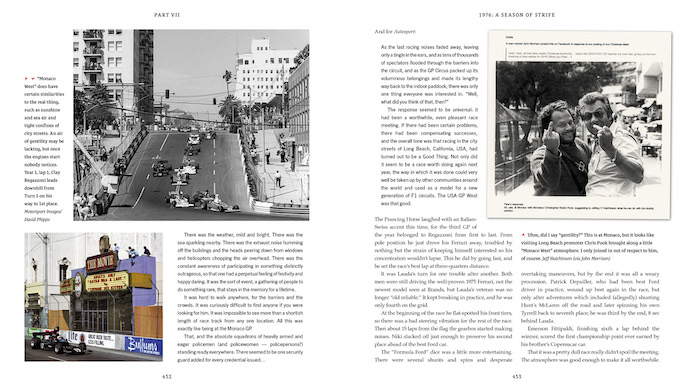 The spiking word count of this review reflects not only the length of the book but my immense enjoyment in reading it. And readers will discover much more, including the author’s aeronautical adventures and how he found his best girl Lorna. Pictures? Hundreds of ‘em, all good, taken by the author and dad Ozzie.
The spiking word count of this review reflects not only the length of the book but my immense enjoyment in reading it. And readers will discover much more, including the author’s aeronautical adventures and how he found his best girl Lorna. Pictures? Hundreds of ‘em, all good, taken by the author and dad Ozzie.
It’s only February and it’s much too early to nominate my book of the year. But come December, if My Travels on Racer Road isn’t on pole position, I’d be amazed.
*Boxing Day is December 26, a British public holiday
Copyright John Aston, 2025 (speedreaders.info)
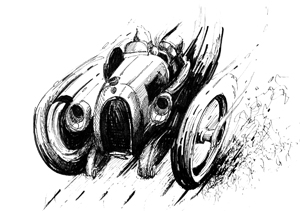

 RSS Feed - Comments
RSS Feed - Comments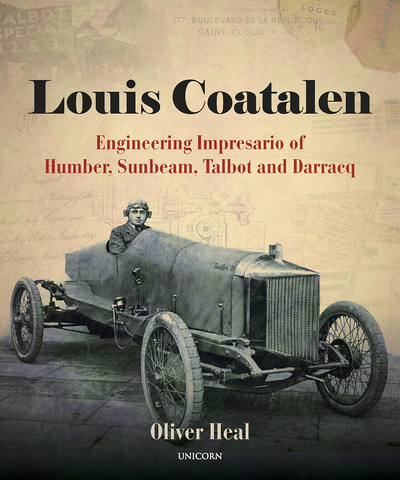
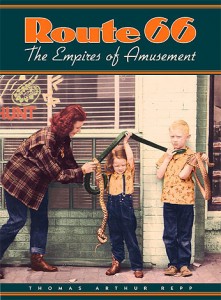
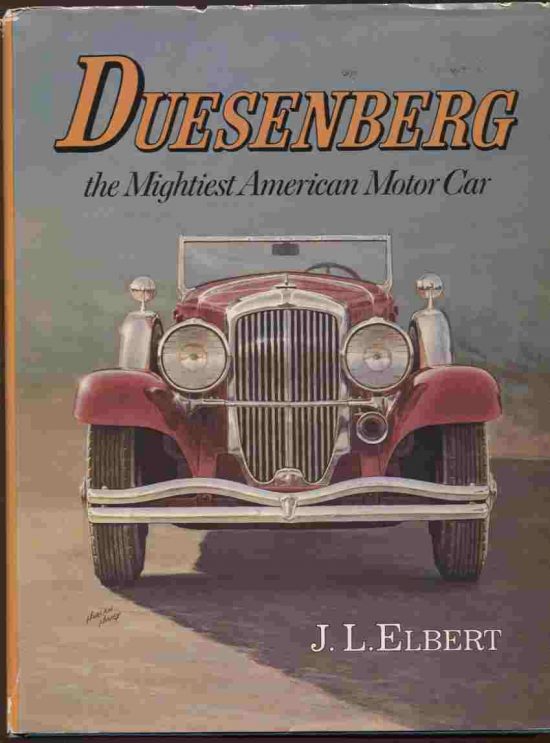
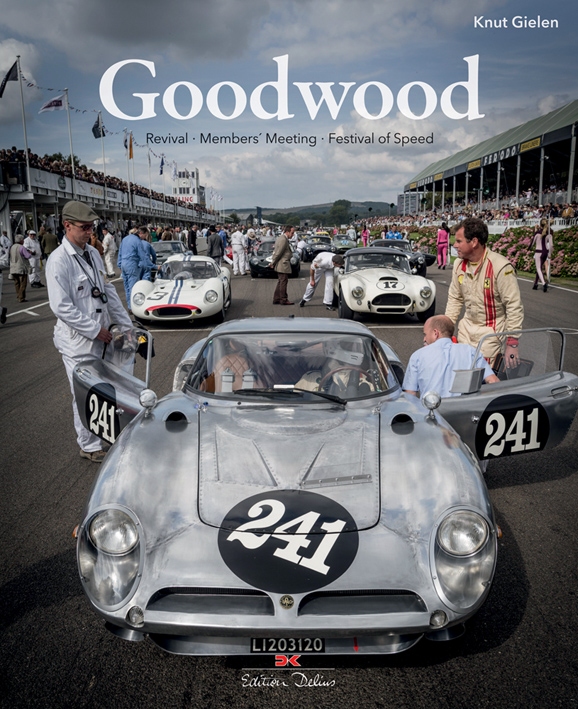
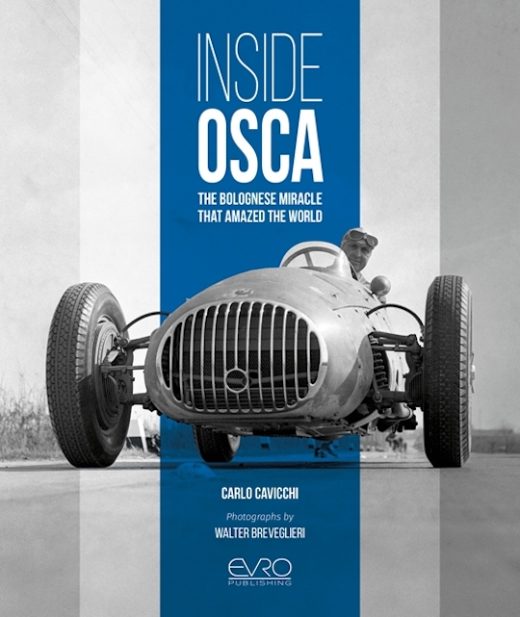
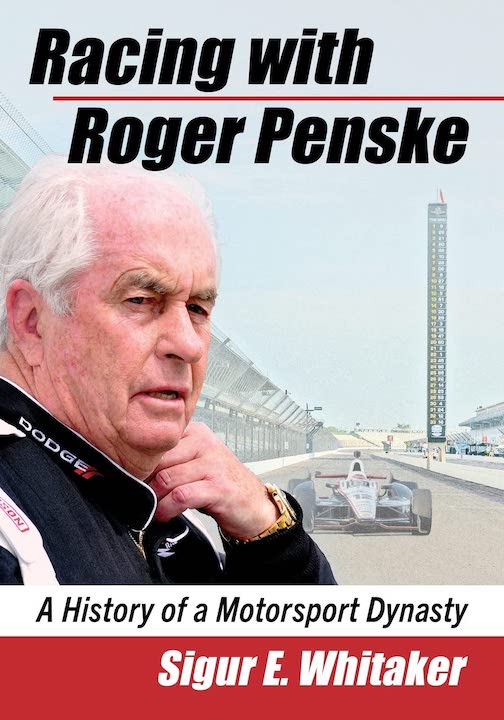
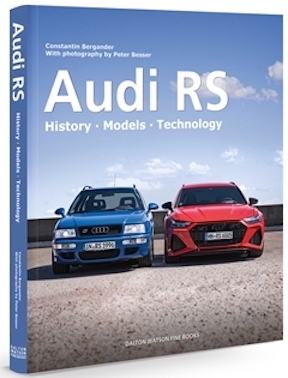
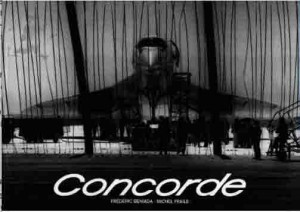
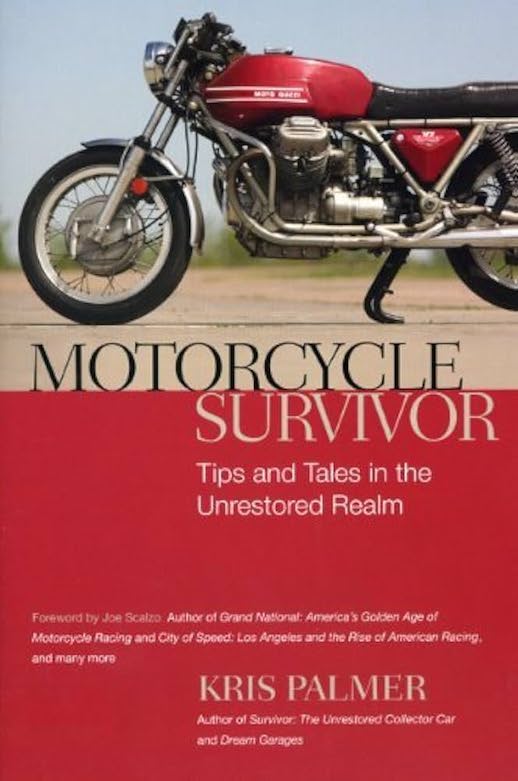
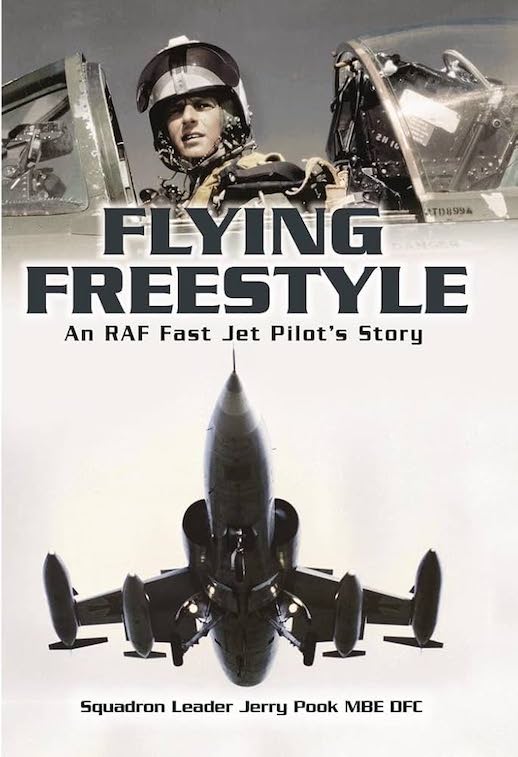
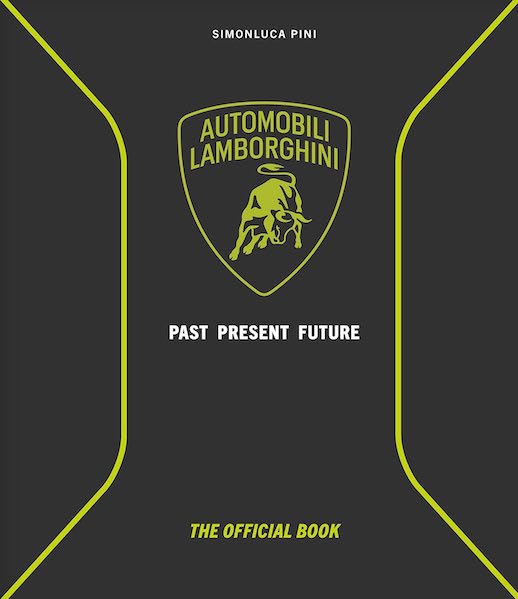
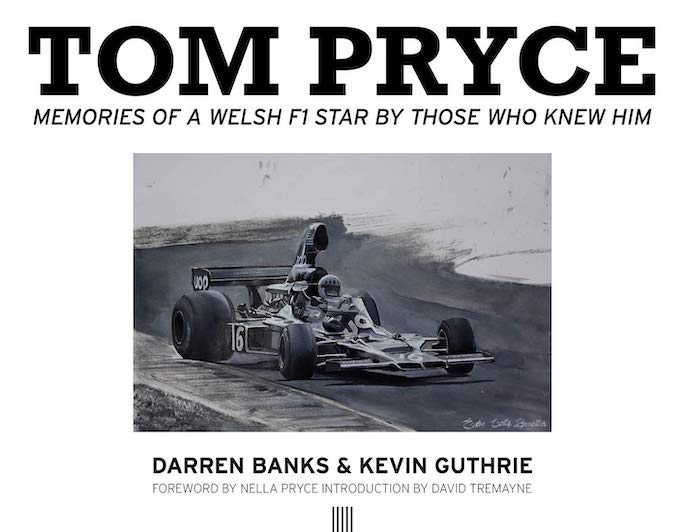
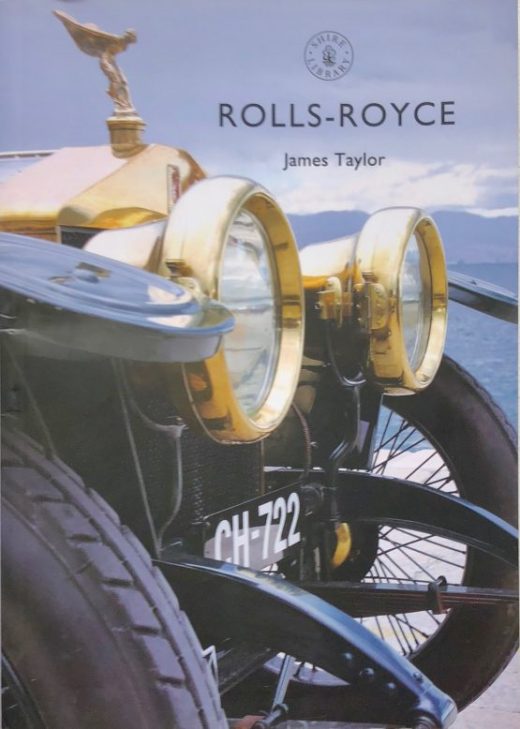
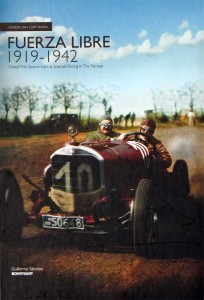
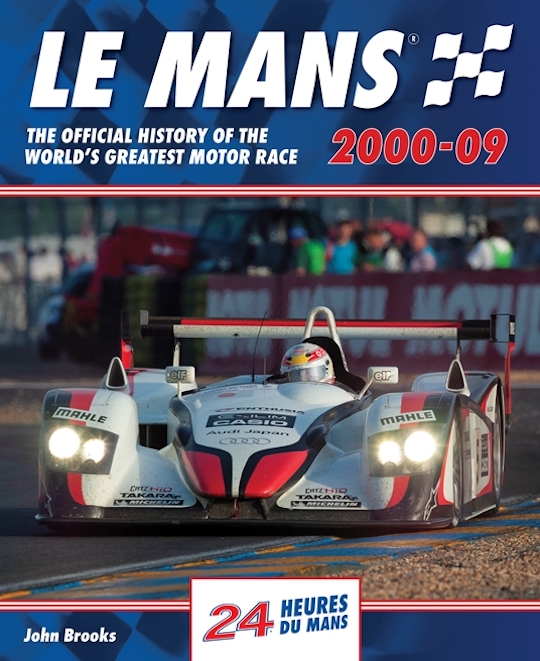
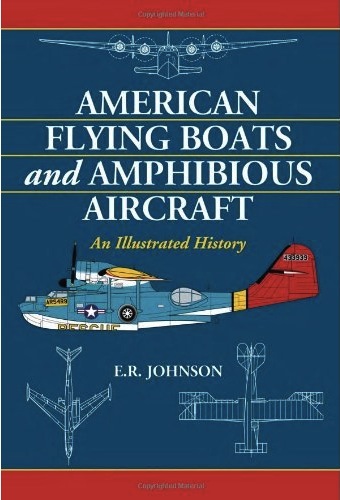
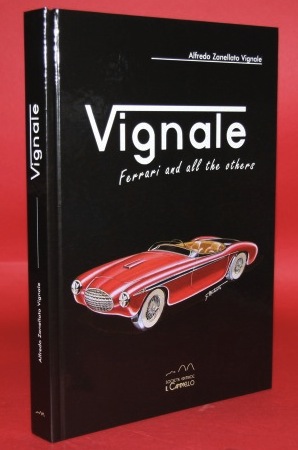
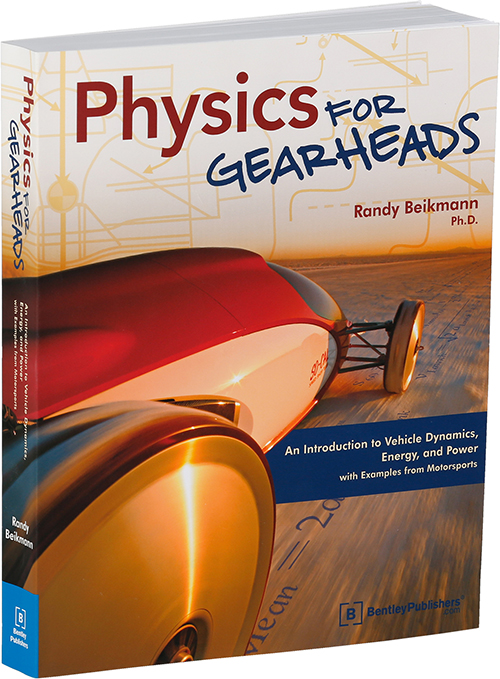
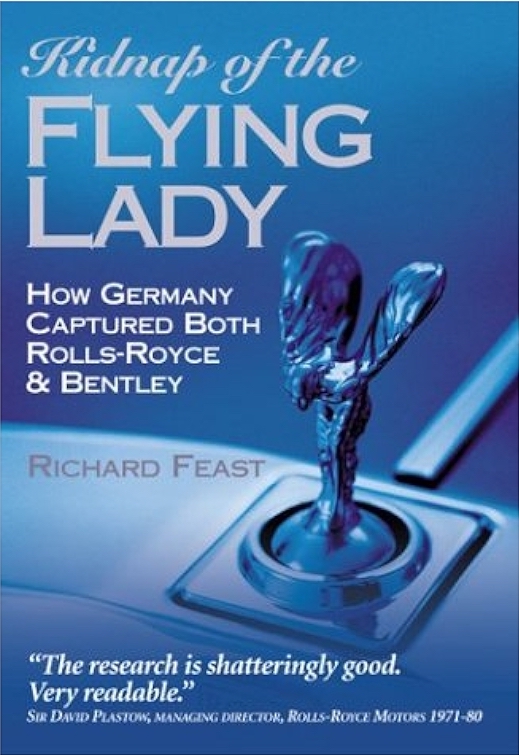
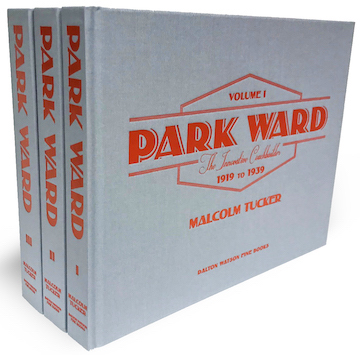
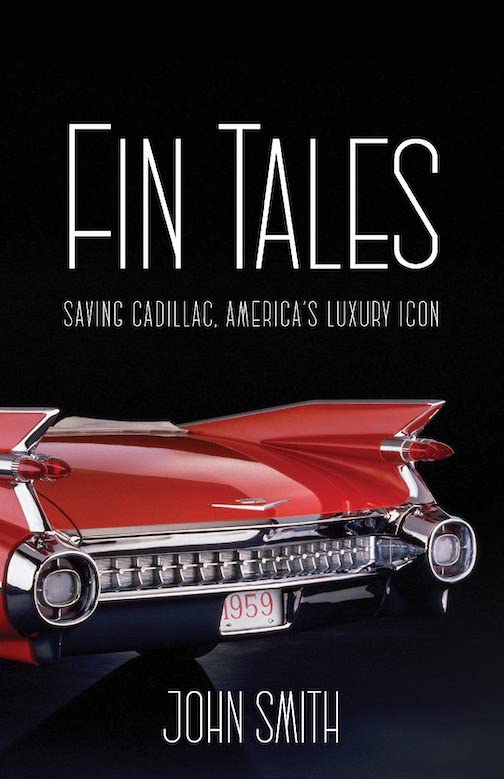
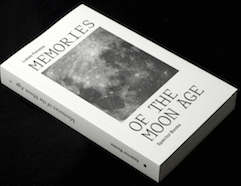
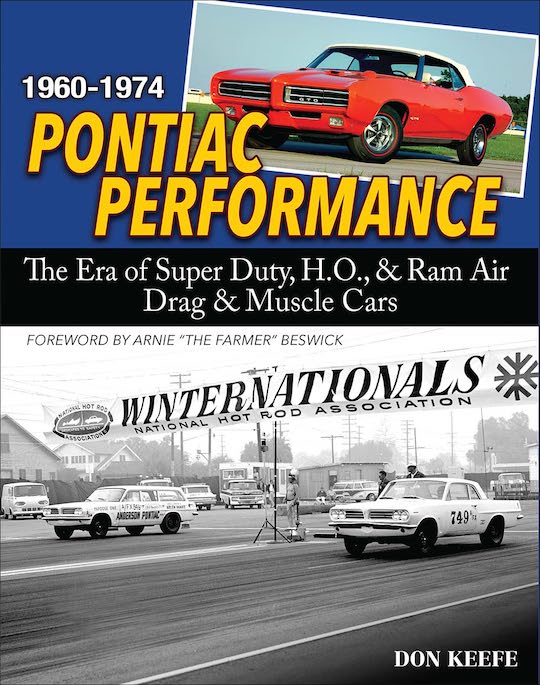
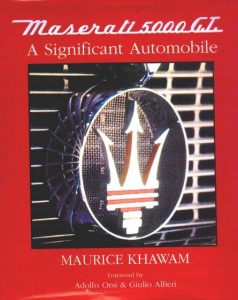
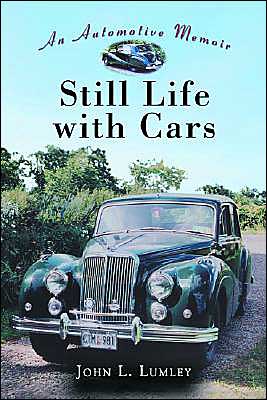
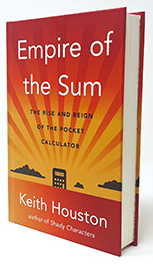
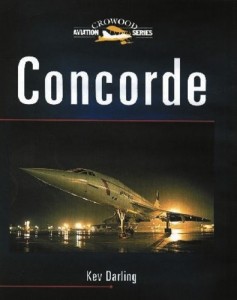
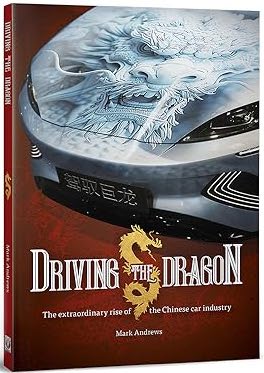

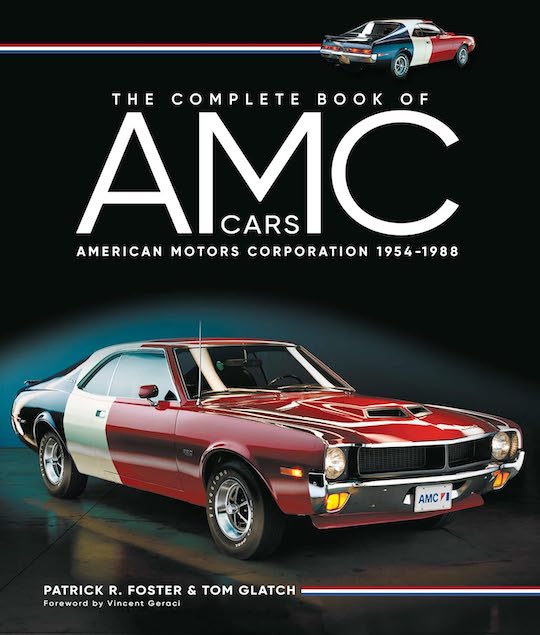
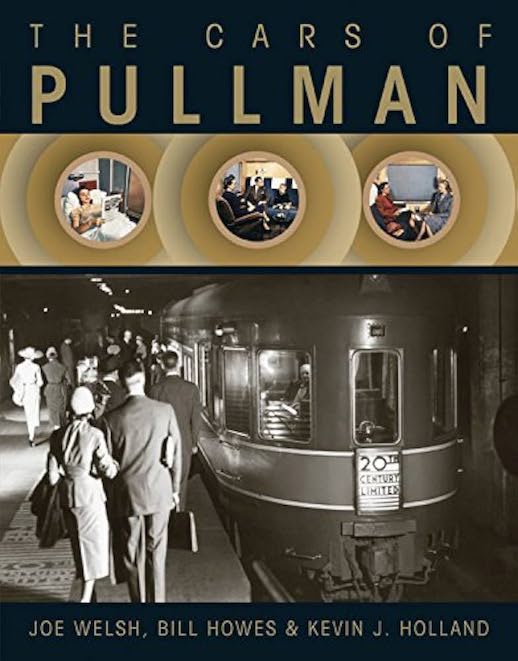
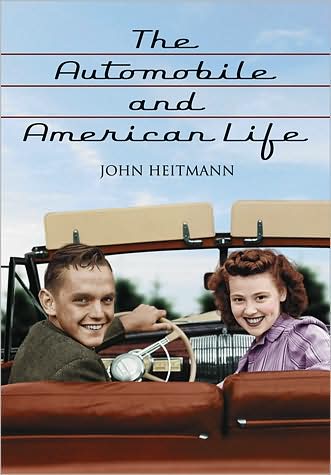
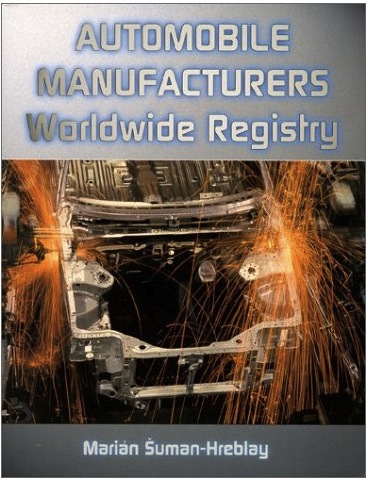
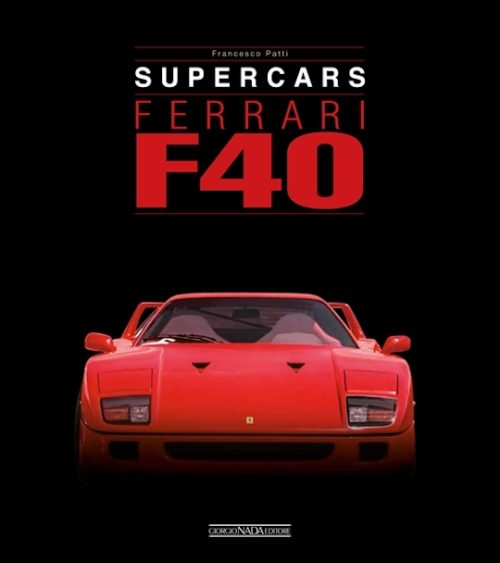
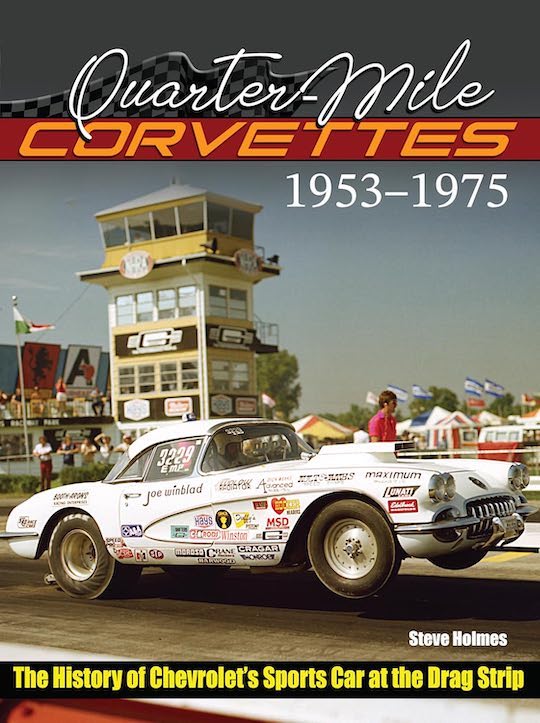
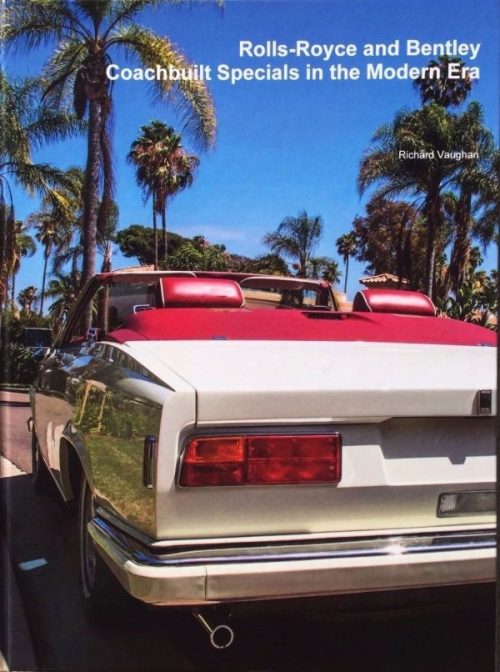
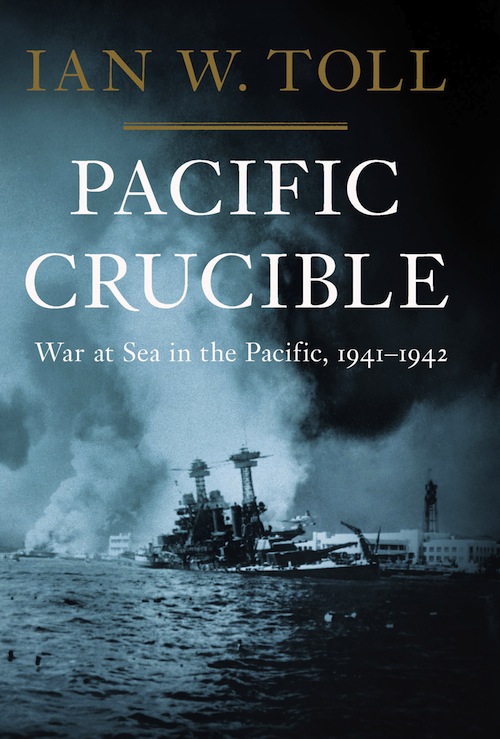
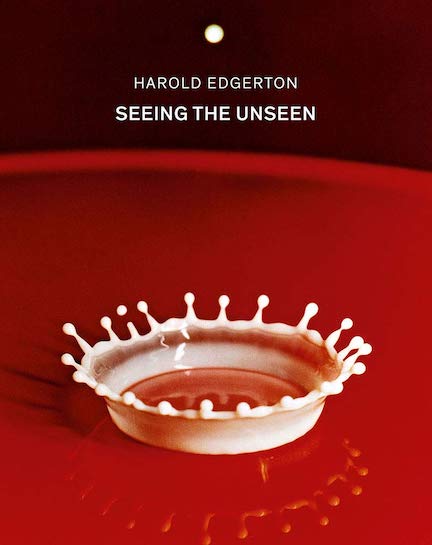
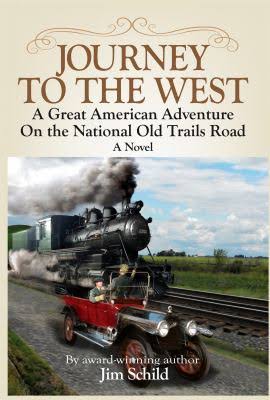
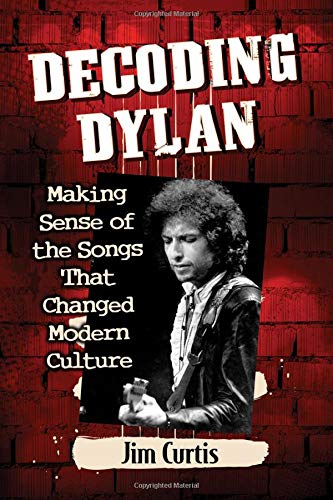
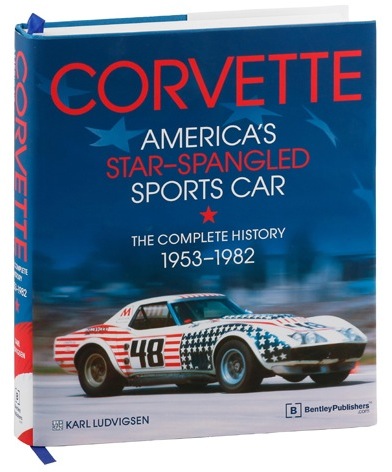
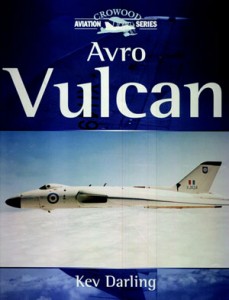
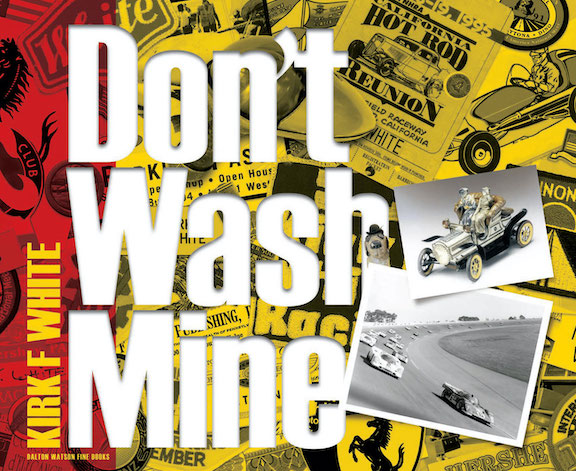
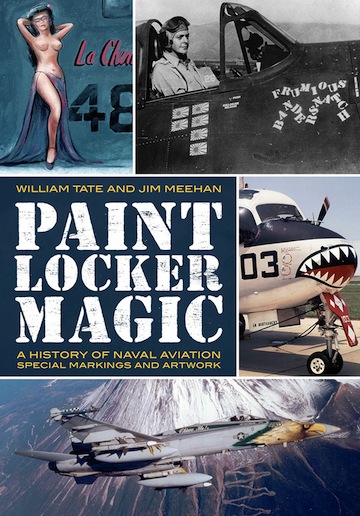
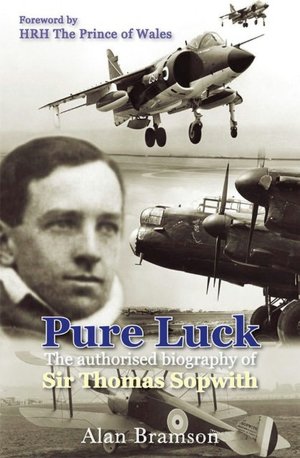
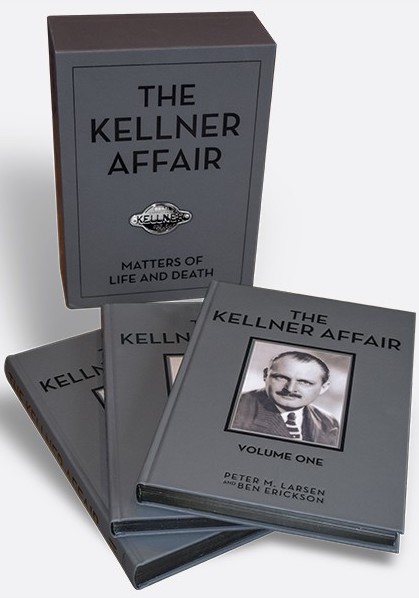
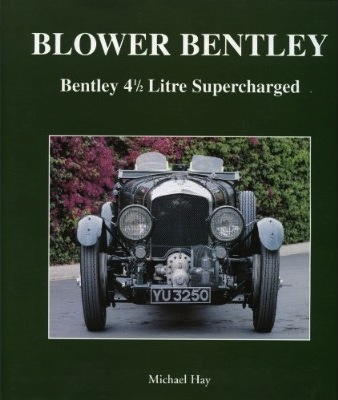
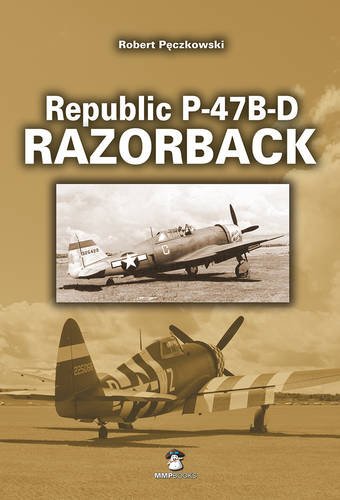
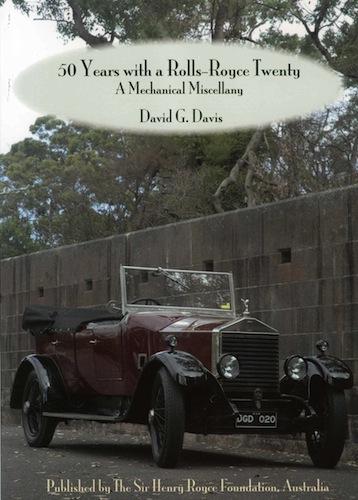
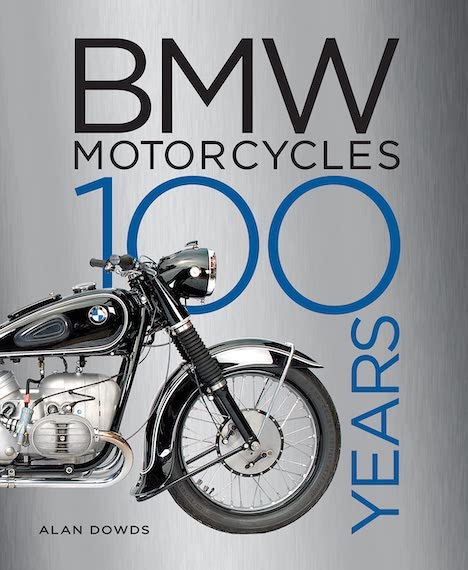
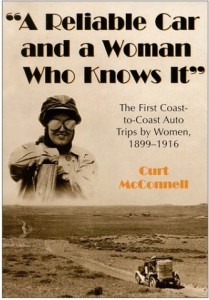
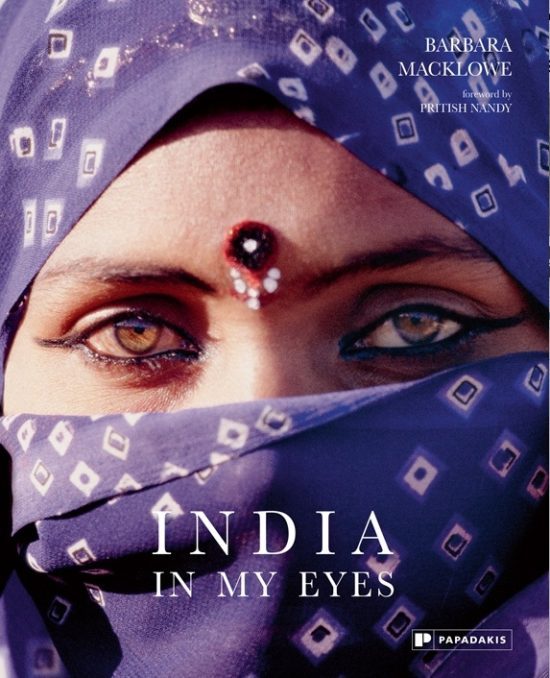
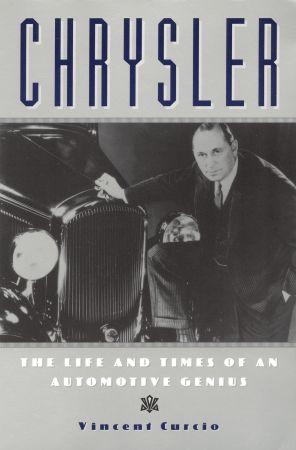
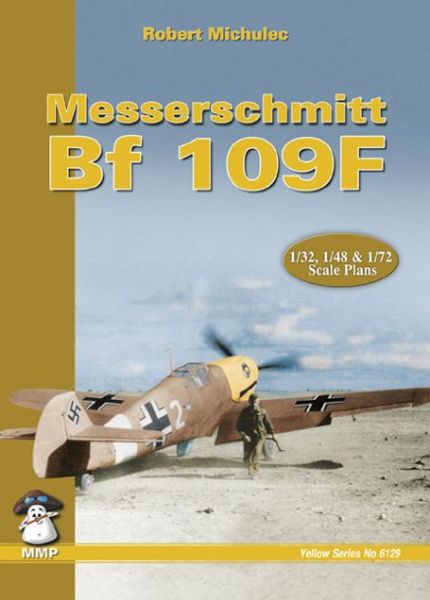
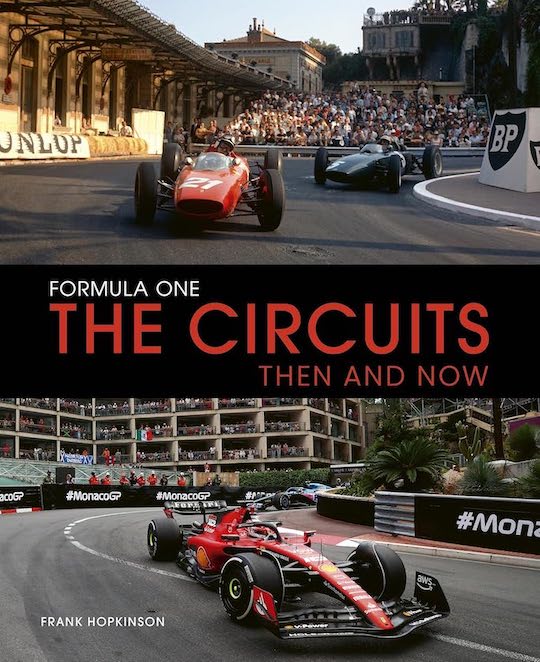
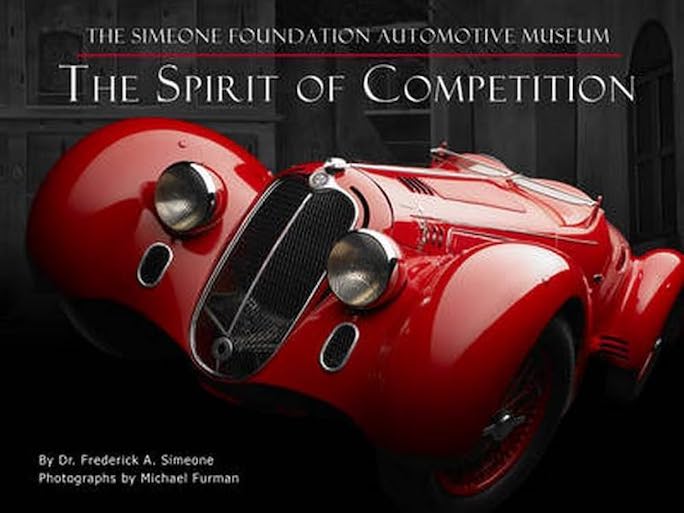
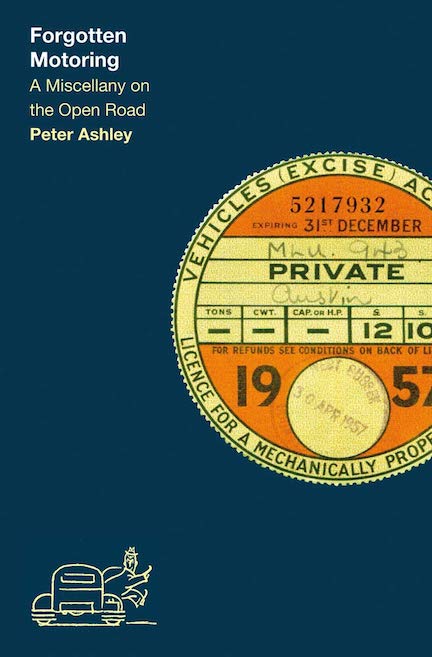
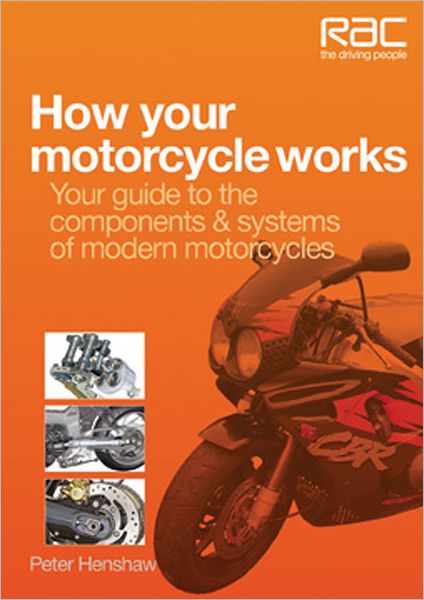
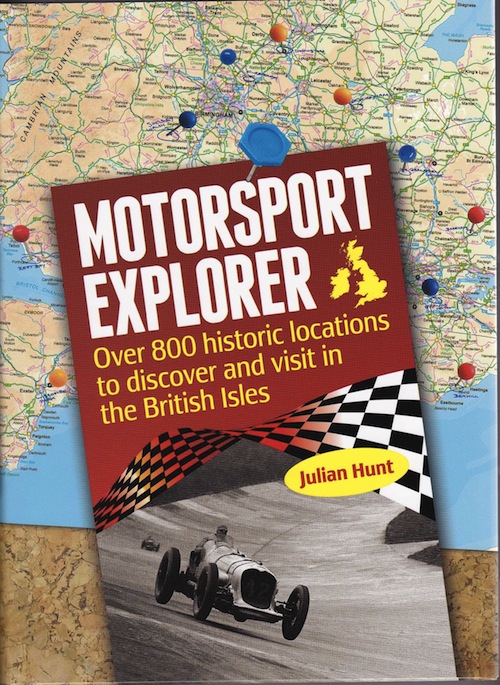
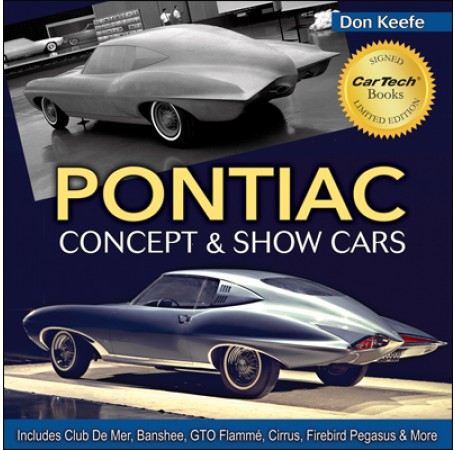
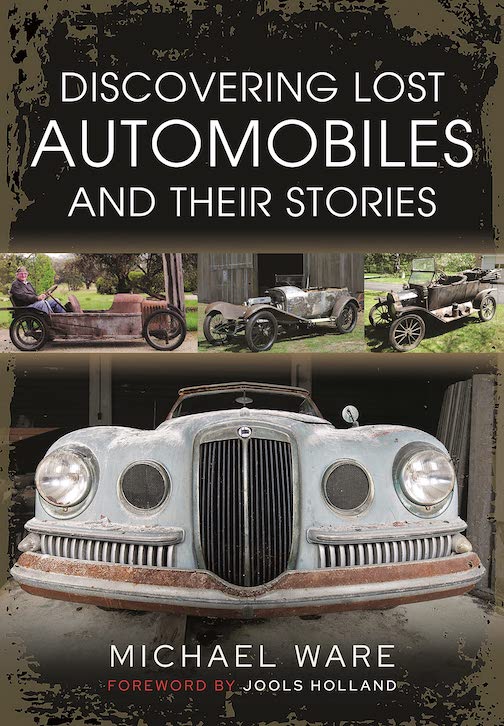
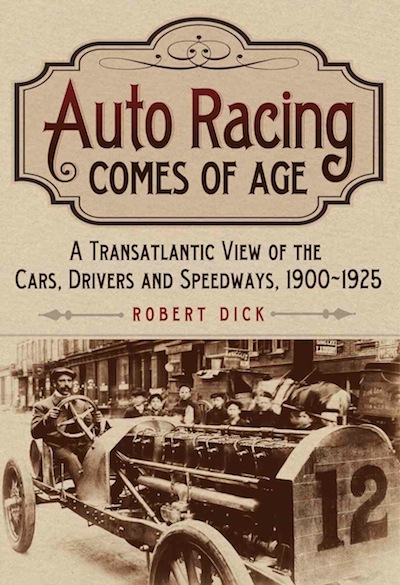
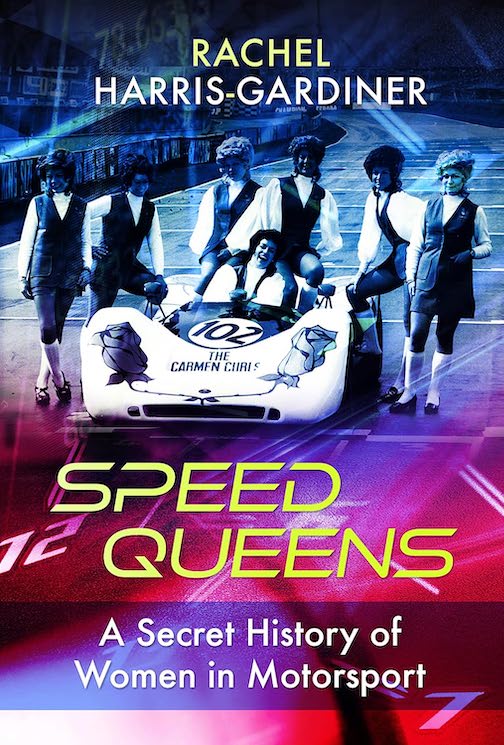
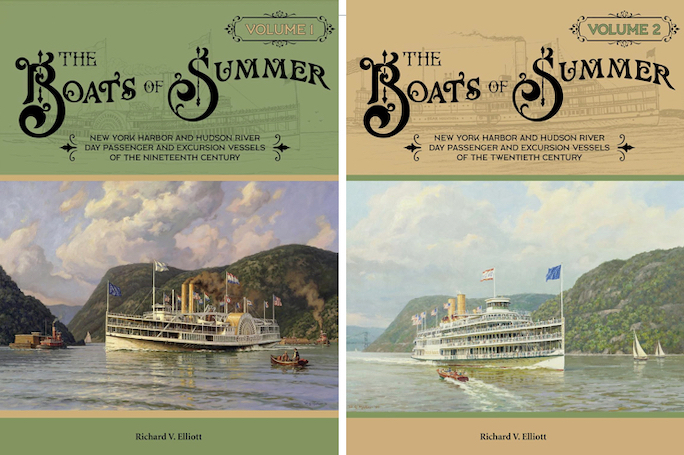
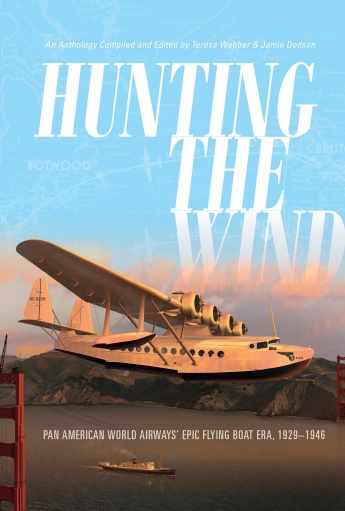
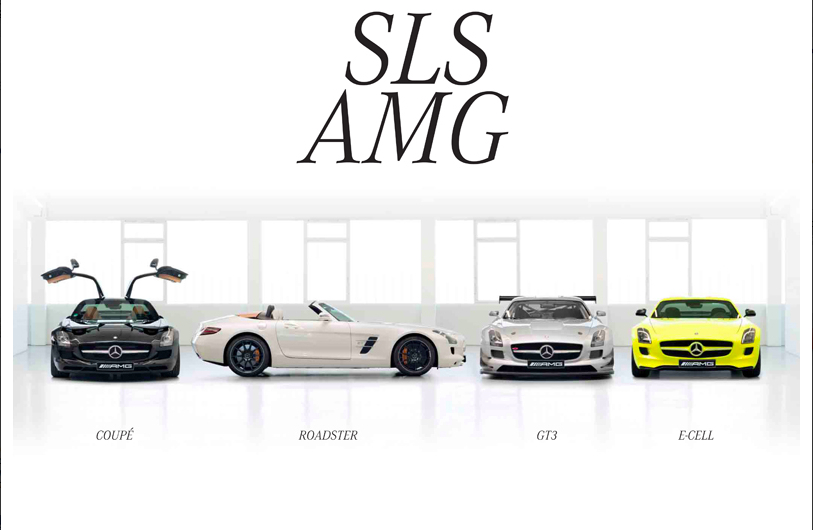
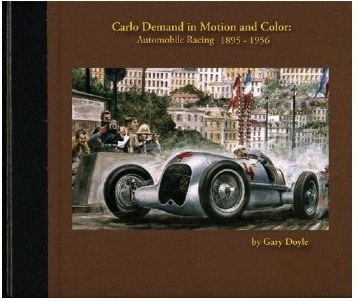
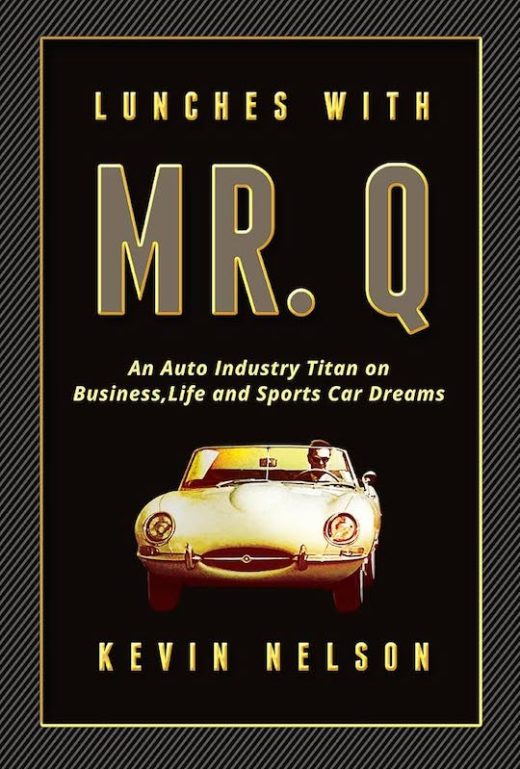
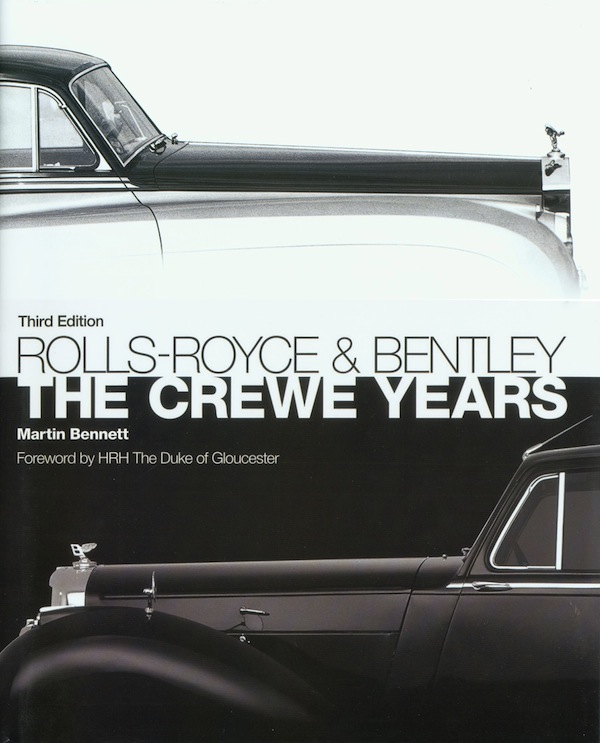

 Phone / Mail / Email
Phone / Mail / Email RSS Feed
RSS Feed Facebook
Facebook Twitter
Twitter
Wonderful review of a wonderful book. My 2025 book of the year too!
I’ve been waiting for this book for years, and didn’t even know it. His seminal works “Can-Am” and “Cam-Am Photo History” are here at my desk after their second reading. They rekindle my memories of those joyfully free Can-Am years. The man is a wonder. I look forward with glee at the thought of riding shotgun on his romp through an amazing and well-lived life. Bring it on!